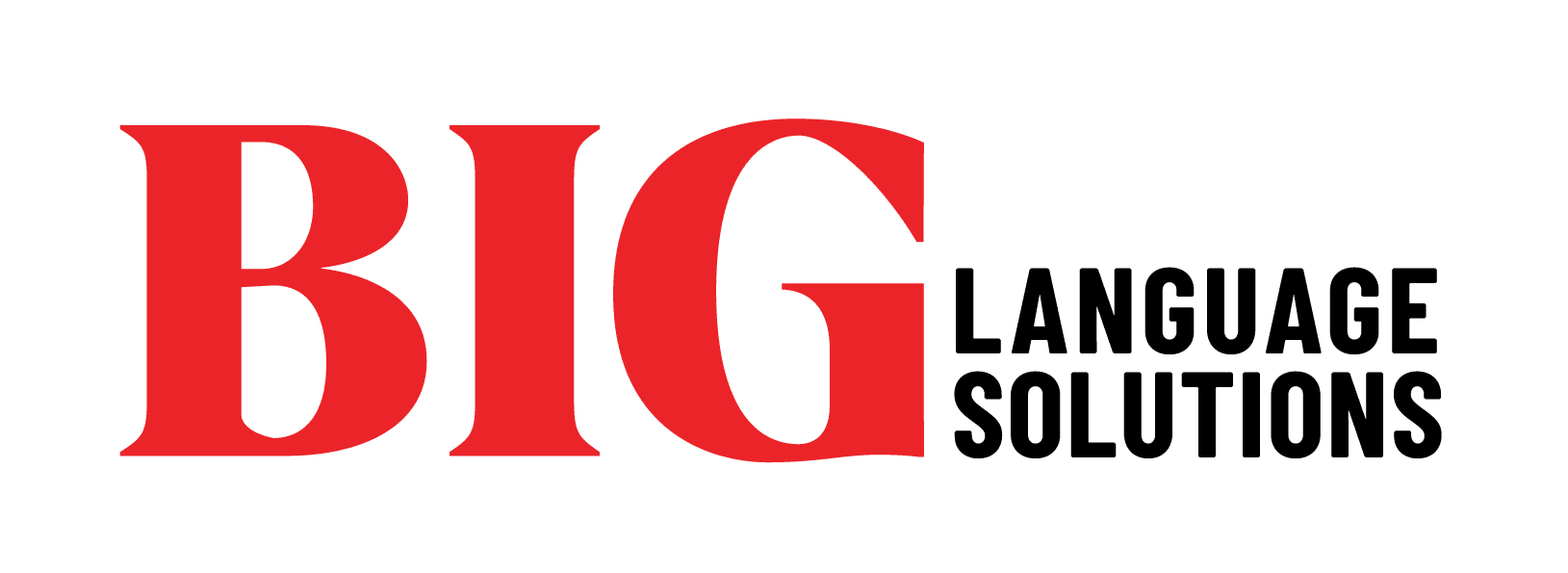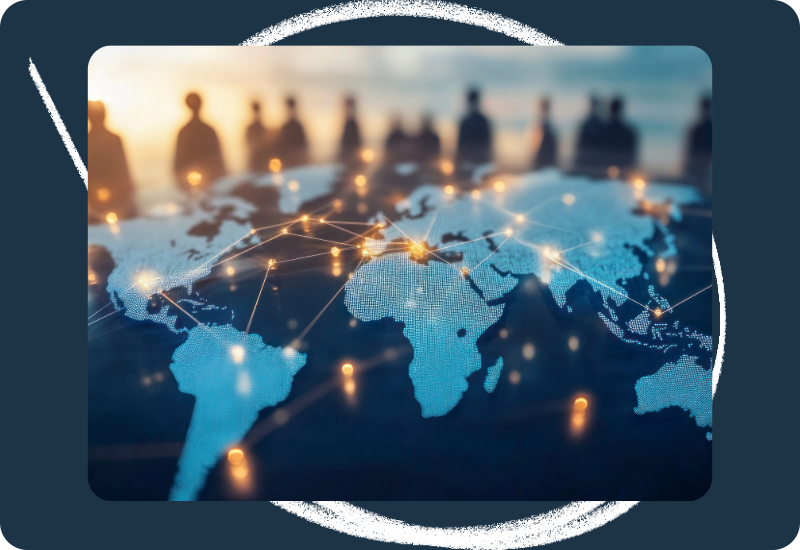Some days it seems like Artificial Intelligence has already taken over the world. Ranging from driver-assistance to interactive virtual tour guides, just about every industry is adopting some form of AI in an effort to make things easier, faster, and more efficient. In the field of translation services, BIG Language Solutions understands that there is great potential for AI to improve translation workflows, if adopted carefully. When it comes to AI-enabled translation, BIG uses Machine Translation Post-Editing (MTPE) and builds highly customized language models built to service the needs of specific domains, industries, or customers. Here’s a look at how BIG harnesses AI and neural machine translation (NMT) to create efficient, accurate, and scalable solutions, alongside why MTPE continues to be the preferred choice over raw NMT or pure human translation.
A Custom Approach to Translation with Domain-Specific Engines
BIG Language Solutions has developed over 455 custom industry, language, and customer-specific NMT engines, specifically fine-tuned for sectors such as healthcare, legal, and financial services. These engines, available across BIG’s family of brands, ensure accurate translations for the customer’s industry, context, and terminology. For instance, BIG has tailored a highly specialized model for large healthcare organizations, supporting sensitive, regulatory-compliant translations.
Adoption of BIG’s advanced NMT solutions varies across its customer base, and we work in partnership to create the right blend of humans and NMT to meet their budget, quality, and speed goals. Where we’re implementing NMT in sectors such as healthcare and financial services, the demand for precision and compliance highlights the superior accuracy of BIG’s models compared to less-customized tools like Google Translate.
Why GenAI-Powered Translation is the Future of BIG’s Workflow
The rise of Large Language Models (LLMs) and generative AI (GenAI)-powered translation is transforming the industry, offering exciting new opportunities to improve workflows. At BIG, we recognize the immense potential of LLMs to enhance translation processes, especially as these models continue to evolve.
While our custom Machine Translation Post-Editing (MTPE) models currently lead in quality, speed, and cost-effectiveness for domain-specific translations, we are actively integrating GenAI-powered solutions into our workflows. This strategic alignment reflects our commitment to adopting cutting-edge technologies that meet and exceed client expectations.
BIG’s NMT team regularly benchmarks LLMs and open-source models, ensuring we stay at the forefront of industry advancements. By combining the strengths of custom MTPE models with GenAI-powered innovations, we aim to provide unparalleled quality and efficiency while staying in sync with the rapid adoption of LLMs in the market. This approach not only underscores BIG’s leadership in translation technology but also ensures we remain agile, delivering solutions that maximize value for our clients.
Innovations in Automated Post Editing and Quality Estimation
BIG is making considerable strides in improving translation accuracy with two exciting tools: Automated Post Editing (APE) and Quality Estimation (QE). APE helps lighten the load for translators by automatically refining sections of text that need improvement. Recent testing showed it can improve the quality gap between machine translations and finished edits by 43%, saving time and letting translators focus on delivering top-quality work. It’s expected to cut editing time by up to 40% for a portion of projects, and its impact is set to grow as the technology evolves.
The QE tool takes a predictive approach, using advanced AI to score translations on a scale from 0 to 1—where 1 means the translation is spot-on, and 0 means it needs significant review. This tool helps pinpoint areas that need extra attention, improving overall accuracy and reducing the need for manual fixes. Together, APE and QE make translations faster, smarter, and more efficient.
Hybrid Workflow and the Role of LLMs in Quality Enhancement
BIG Language Solutions is taking a hybrid approach, positioning LLMs in a supportive role within the workflow rather than as the primary tool. Known as “LLM-in-the-Loop,” this approach enables BIG to use LLM capabilities selectively, specifically to enhance problematic translation segments identified by QE models. This integration of LLMs ensures that workflows benefit from the latest AI advancements without compromising on quality, or increased costs. With these innovations, BIG’s MTPE workflow involves:
1. Generating translations through custom NMT models.
2. Running a quality check via the QE model.
3. Re-translating low-quality segments as needed.
4. Replacing low-scoring translations to improve final outputs.
This hybrid model aims to enhance performance, reduce post-editing time, and minimize negative feedback from post-editors regarding translation accuracy from machine translated content.
Looking Ahead: 2025 and Beyond
In 2025, BIG plans to incorporate a blend of neural machine translation (NMT) and LLM-powered APE into production workflows, continuously evaluating new models and technologies to ensure the best possible customer outcomes. This hybrid NMT approach will prioritize customer-specific customization, maximizing translation quality, speed, and cost efficiency based on each customer’s appetite for technology adoption.
For BIG Language Solutions, the future of AI-enabled translation is not about rushing to adopt every new model but about maintaining a customer-focused approach that balances technological innovation with proven quality and desired outcomes. As AI and LLM technology continues to evolve, BIG remains committed to providing translation solutions that meet customers’ exacting standards for accuracy, consistency, and efficiency.





